Bioswale
Purpose/Function:
Bioswales improve water quality by infiltrating the first flush of storm water runoff and filtering the large storm flows they convey. Some subtypes of bioswale are based upon their general cross-sectional shape (i.e. “U”, “V”, and “trapezoid”). Generally, the “U” and “V” shaped swales are just ditches that have become naturally vegetated and they are usually open channeled. The trapezoidal fully vegetated bioswale is the most effective bioswale at removing pollutants. Open channels do not add much more than infiltration to the process of removing pollutants. Fully vegetated, trapezoidal cross-section bioswales will result in much better remediation of the pollutants in the stormwater runoff than open channels or the other cross-sections.
Initiation protocol:
For best results, enhance and utilize existing natural drainage swales whenever possible. Existing swales can be enhanced with native plants. The thicker and heavier the grasses, the better the swale can filter out contaminants. Additionally, subgrade drains and amended soils may be needed to facilitate infiltration.
Public acceptance:
Growing in acceptance as more ditches are transitioned into his practice.
Implementation Factors (level of difficulty):
Easy to Moderate.
Funding Sources / Options:
Chesapeake Bay Trust grant programs, Natural Resource Conservation Service (USDA) and the Maryland Department of Natural Resources
Costs:
Costs estimated as $ per impervious acre treated.
| Cost Estimates | EPA | King & Hagan | Average |
| Initial | $9,598 | $11,000 | $10,299 |
| Annual | $392 | $233 | $312.50 |
| Lifespan (yrs) | 20 | 20 | 20 |
| Annualized | $871.90 | $783 | $827.45 |
Notes: King & Hagan figures are expressed in units of “impervious acres treated.” To convert to urban acres treated, this analysis uses a factor of 0.25, based on two assumptions: (1) there are three acres of pervious land for every acre of impervious (2) the additional volume required for pervious treatment is minimal.
Costs vary greatly depending on size, plant material and site considerations. Bioswales are generally less expensive when used in place of underground piping.
Load Reduction Efficiency:
Total Nitrogen removed per acre of practice per year
|
Low 5.97 lbs. |
Medium 7.37 lbs. |
High 13.30 lbs. |
Cost per pound removed = between $62 and $139
Total Phosphorous removed per acre of practice per year
|
Low 0.31 lbs. |
Medium 0.72 lbs. |
High 1.08 lbs. |
Cost per pound removed = between $769 and $2,631
Total Suspended Solids removed per acre of practice per year
|
Low 33 lbs. |
Medium 292 lbs. |
High 654 lbs. |
Cost per pound removed = between $1.27 and $24.88
Operation & Maintenance:
Regular inspection to monitor for signs of erosion, accumulation of debris and signs of excessive sedimentation. Seasonal trimming of vegetation and removal of debris. Once established, bioswales require less maintenance than turf grass because they need less water and no fertilizer.Deep-rooted native plants are preferred for infiltration and reduced maintenance. Natives also resist local pests and disease.
Planning Questions to Consider:
Bioswales are impractical on very flat grades or steep slopes and their effectiveness is dependent upon soil types, ground water table, size of the area treated and imperviousness of the contributing drainage area. Large areas should be treated with multiple smaller swales.
Technical Notes:
Soil infiltration rates should be greater than one-half inch per hour. A parabolic or trapezoidal shape is recommended with side slopes no steeper than 3:1. Avoid soil compaction during installation. Swales should be sized to convey at least a 10-year storm (or about 4.3 inches in 24 hours).
Helpful Links:
Local Project Examples:
Description: A 300-foot roadside bioswale system was designed and constructed to treat surface water runoff from 0.52 acres of impervious surface of the landing area. The bioswale was also designed to treat shallow groundwater flows flowing through the treatment system. The drainage ditch had no outflow. The bioswale system incorporated the use of woodchip bioreactor technology for denitrification (another BMP unapproved in the Bay model, but in the process of potential approval – see that description for a separate outline of this practice). In addition, biochar was utilized in the bioswale media to facilitate reduction of phosphorus, heavy metals and petroleum hydrocarbons.
Pollution Reduction Estimates: Nitrogen — 1.86 lbs/yr
Phosphorus — 0.25 lbs/yr
Sediment — 165.07 lbs/yr
Costs:
Design/Construction: $48,000.00
Design: Rauch Inc. and Center for Watershed Protection
Construction: Bryan and Sons
Description: Untreated runoff sheet flows across the drive aisle to the school and is captured by storm drains with no treatment. Following construction, the bioswale intercepts sheet flow, treats and infiltrates runoff before discharging it or infiltrating it to the subsoils.
Funding source: Chesapeake and Atlantic Coastal Bays Trust Fund (Maryland Department of Natural Resources)
Related Best Management Practices




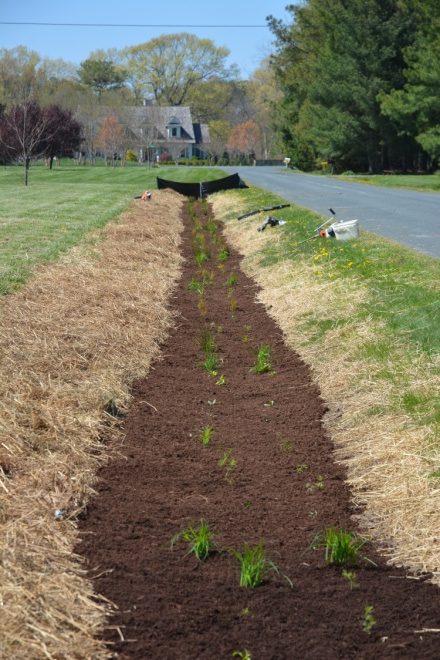

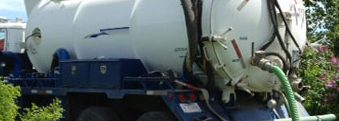


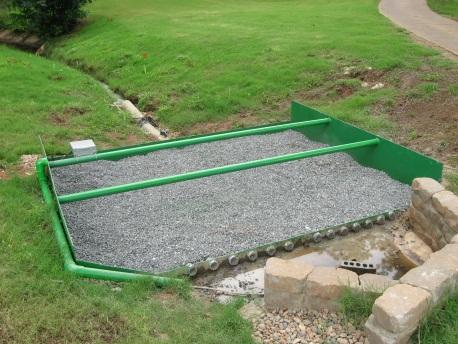
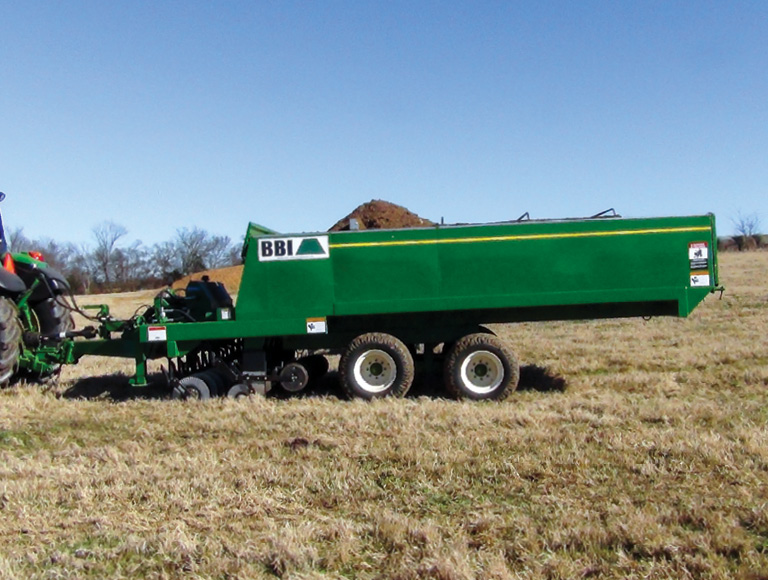
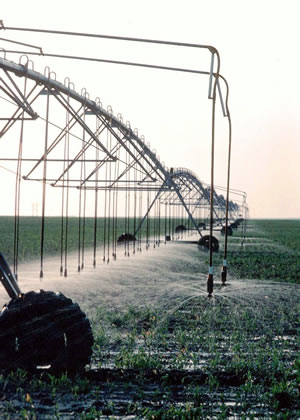
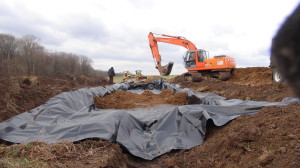
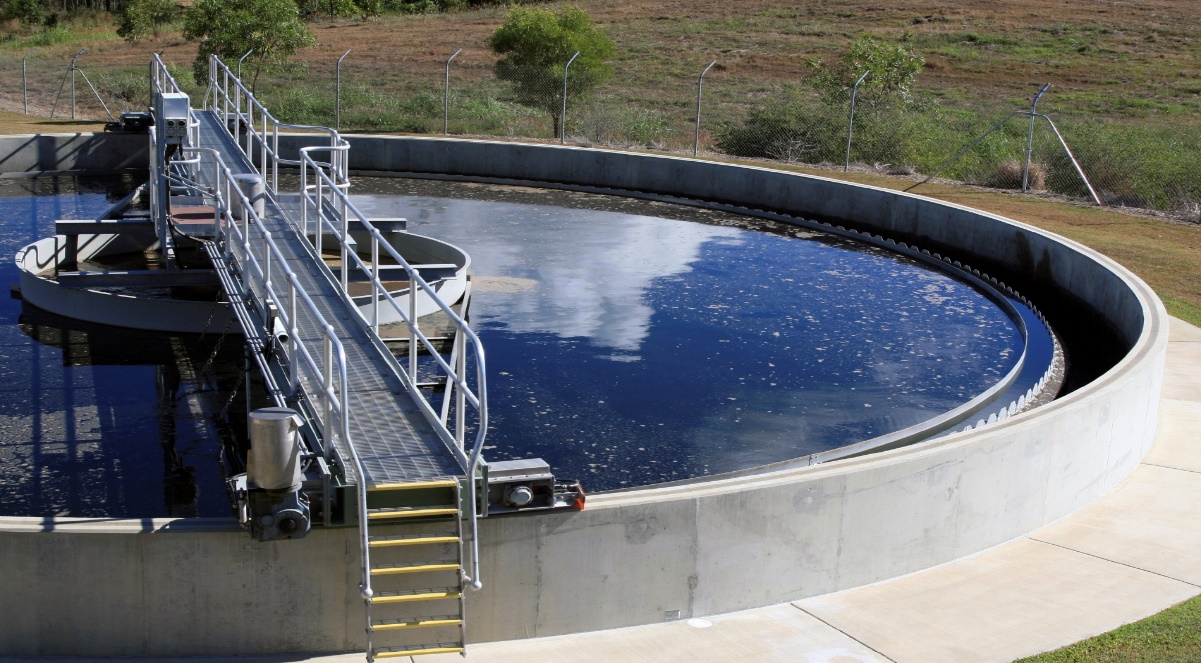


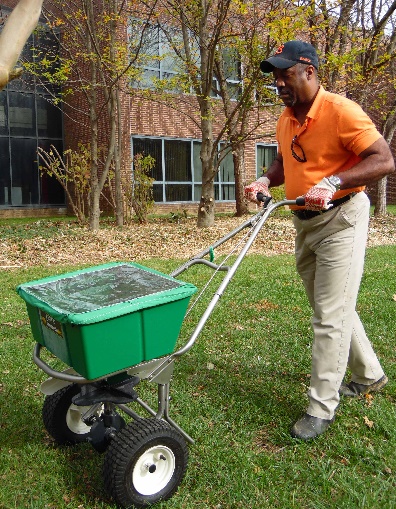

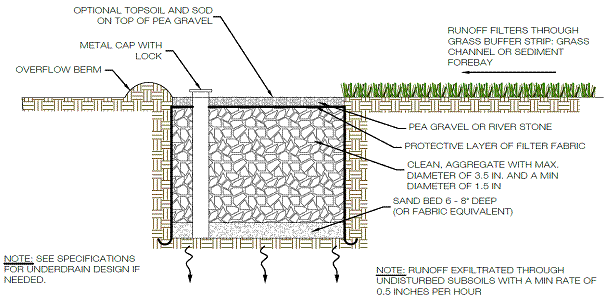
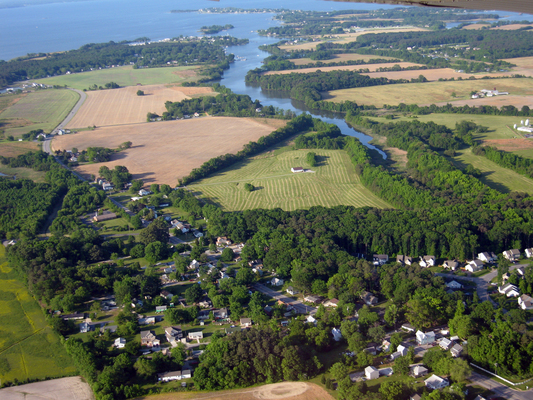
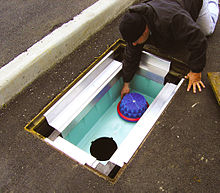
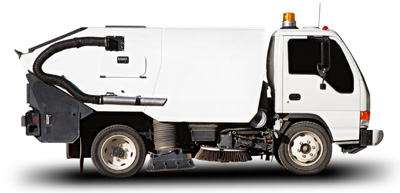
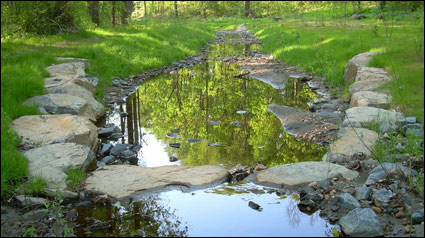
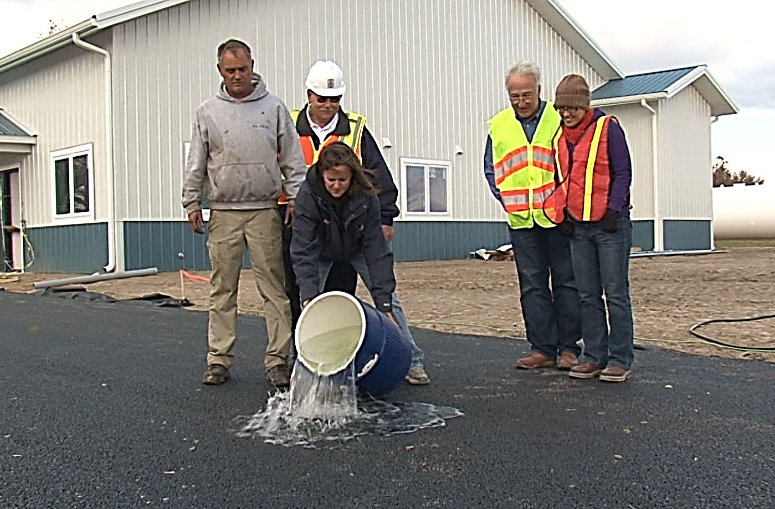
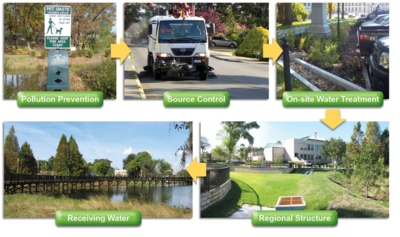
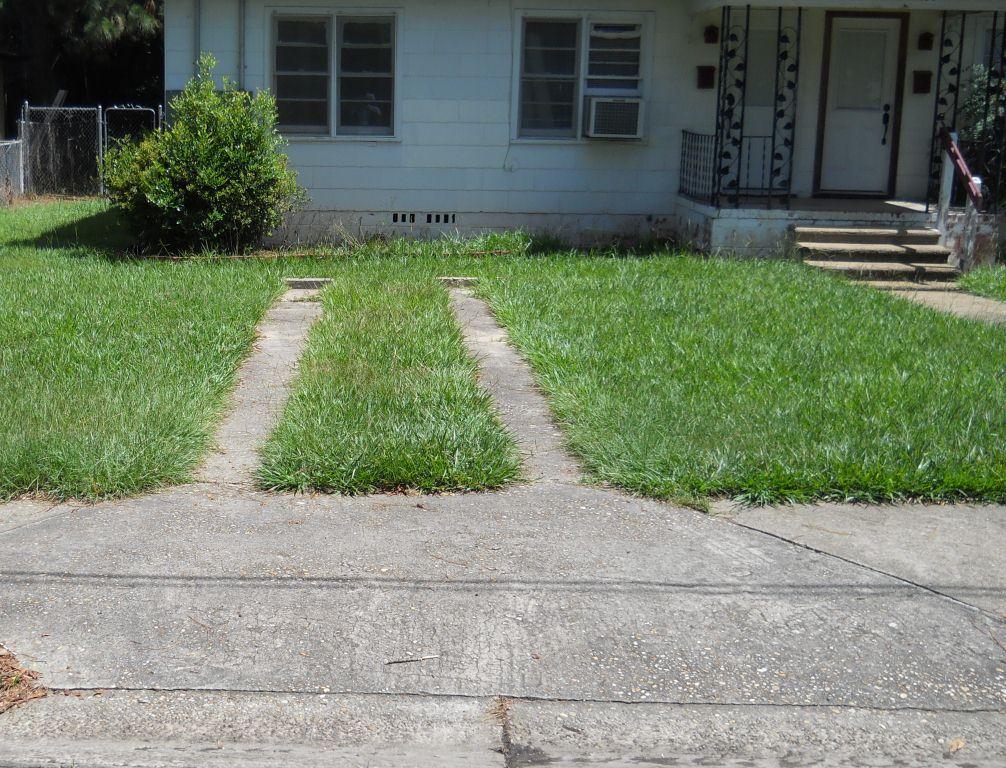
Feedback on This Best Practice